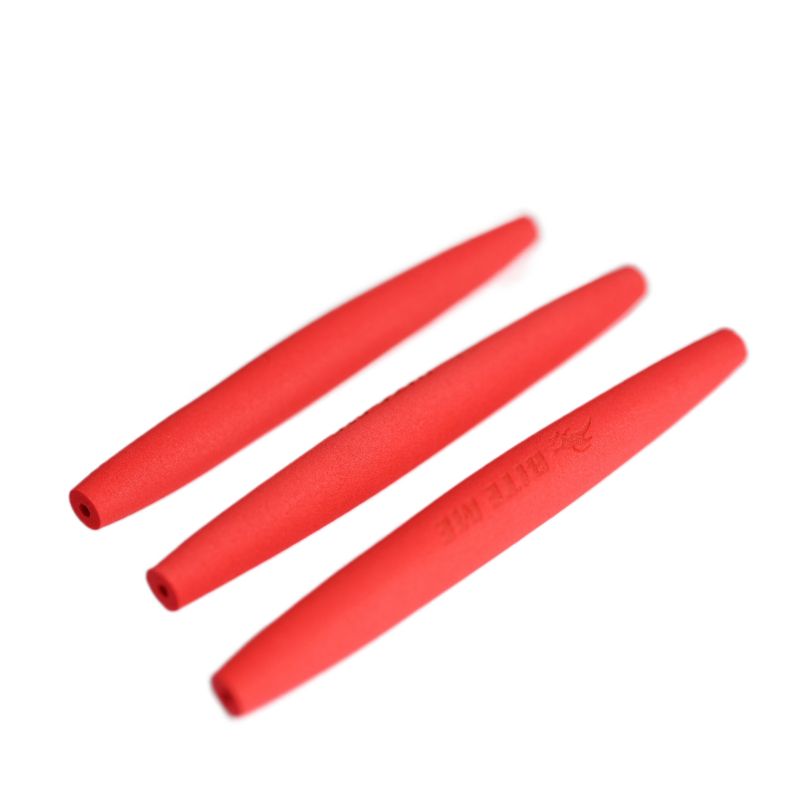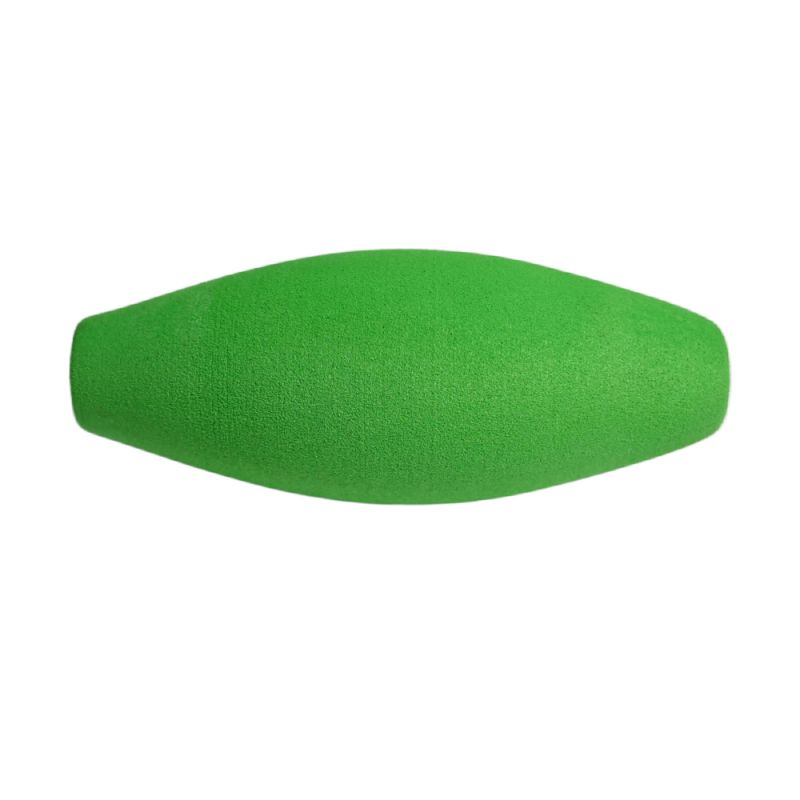Is the EVA Fishing Float easier to adjust than floats made of other materials for novice anglers?
2025-10-15
For novice anglers, adjusting the float is definitely a headache. Just picking up a fishing rod, using a float made of materials like reed or fir, they can spend ages adjusting without finding the bottom. The float either keeps sinking or doesn't react for a long time. For beginners, is the EVA Fishing Float easier to adjust and more accessible?

Problems with Float Adjustment for Beginners
The most common mistakes novice anglers make when adjusting their float are "not finding the bottom accurately" and "poor buoyancy control." For example, with a reed float, it's lightweight and sensitive. If you put too much lead on it, it sinks to the bottom, while if you put too little, it floats too high on the surface. You can't seem to find the bottom even after repeated adjustments. When finding the bottom, beginners often confuse "adjustment" with "fishing." For example, if you set the float to 5 mesh and want to fish at 2 mesh, the float's sensitivity can change with a slight shift, leaving you completely unsure whether you've found the bottom. Sometimes, wind or current can cause the float to tilt while you're fishing, making it difficult for beginners to tell whether the adjustment is incorrect or if the fish are taking the bait, leading to even more confusion.
Stable Buoyancy
The EVA Fishing Float is made of a slightly denser material than reed or fir. While its buoyancy isn't particularly high, it offers stability, unlike reed floats, which are known for their sensitivity. When adjusting the float, even if you over-cut or under-hang the lead, the float's mesh size won't change dramatically. This eliminates the need to repeatedly remove and re-add lead, saving considerable time. For example, if a novice is adjusting their float for the first time and wants to set it to 4 mesh, using an EVA float, a single cut of lead might bring the mesh size to between 3 and 5, and a slight adjustment will bring it to 4 mesh. However, with a reed float, a single cut of lead might bring the mesh size to 6, and then additional lead would bring it back to 2 mesh, requiring repeated adjustments. Furthermore, the EVA Fishing Float is less affected by water temperature and quality, and its buoyancy won't change with even the slightest temperature difference. Adjusting the float once lasts for a long time, allowing beginners to focus more on watching the float without constantly worrying about it being out of whack again.

High Tolerance
When finding the bottom, beginners typically use a heavy lead to let the float sink, then slowly pull the rod up until the float reveals the target mesh. The EVA Fishing Float's stability means that even if the rod is pulled a little too quickly or there's some water movement, the mesh size visible from the float won't fluctuate, allowing you to clearly see the moment it finds the bottom. For example, if you're fishing with an EVA float, when finding the bottom, pull until the float shows two meshes, then slightly move the rod. If the mesh is still around two, a novice can be sure "this is the bottom." Furthermore, even if a novice deviates slightly when finding the bottom, such as not quite reaching the bottom, the EVA Fishing Float's signal isn't too confusing. The fish will still get a clear bite or a dark drift when it bites the bait. Unlike sensitive materials, which can generate false signals at the slightest current, a novice can't tell when to lift the rod.
Wind and Current Resistance
Beginners often fish near rivers and lakes, where wind and current are inevitable. Floats made of other materials can be blown off course or swept away, forcing the novice to repeatedly adjust the float's position and mesh size. However, the EVA Fishing Float's material has a certain weight, so even with light wind and current, the float remains stable, eliminating the need for constant adjustments. For beginners, less fiddling with float adjustments means they can become more familiar with the rhythm of observing the float and lifting the rod, leading to faster progress.




